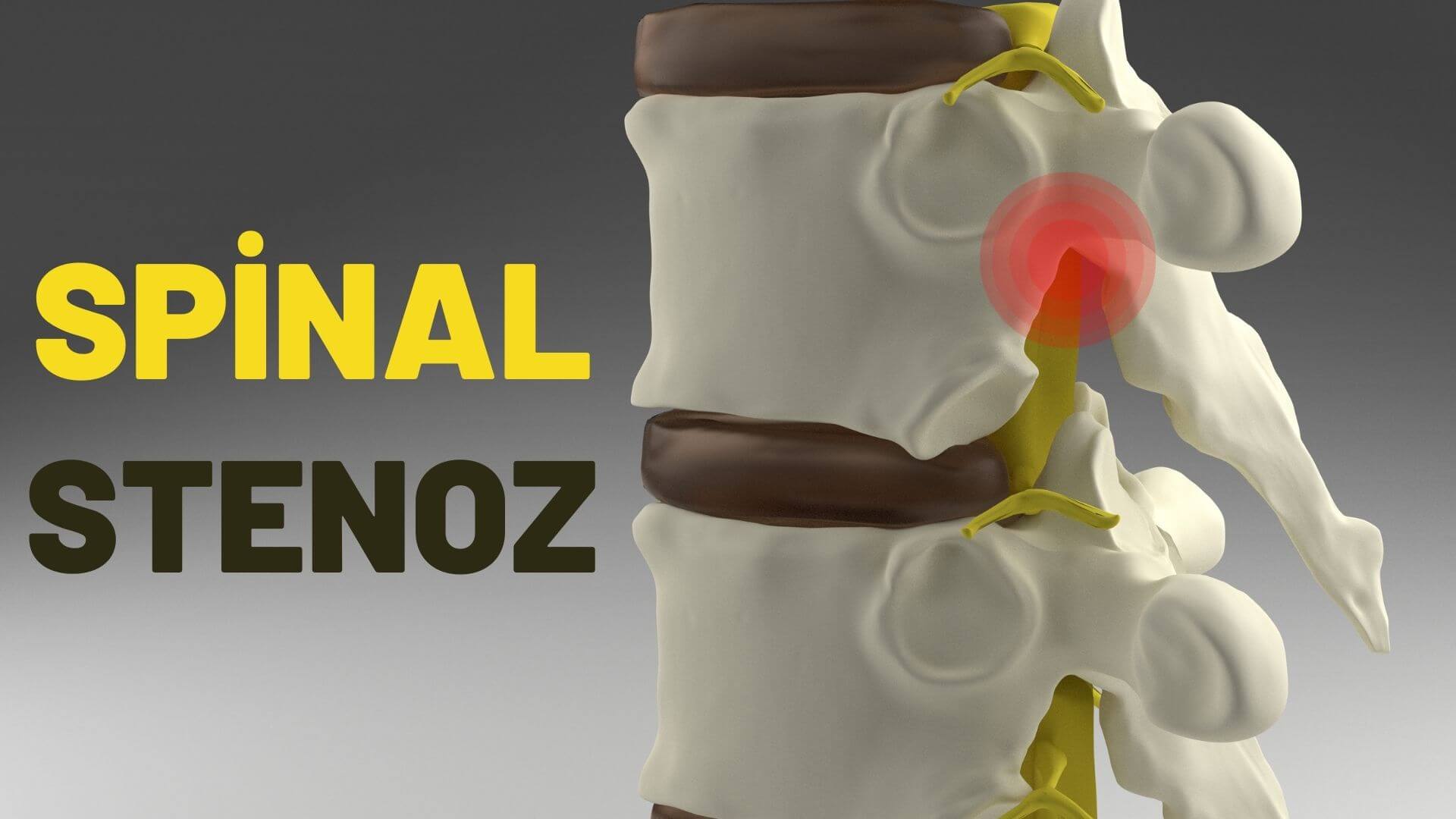
WHAT IS SPINAL STENOSIS?
Spinal stenosis is a narrowing of the spinal canal that affects the spinal cord. The spinal canal contains the spinal cord and is surrounded by the bones of the spine. Narrowing of this canal causes compression of the spinal cord and nerve endings. Affected people may experience back pain, muscle pain, lower back pain, hip pain, Different symptoms develop, depending on the affected area, such as pain in the legs.
Causes of spinal stenosis:
Congenital It is caused by pathologies present at birth.
Post-trauma: It can occur after traumatic events such as fractures or contusions that damage the spine. Repeated minor trauma can cause narrowing of the spinal canal over time.
Degenerative causes: It is the most common cause of the disease. Usually after the age of 60, the spine changes shape due to aging and degeneration. Advancing age and a sedentary lifestyle contribute to overloading the spine and damaging the joints. Osteoarthritis (arthrosis) is the result of deformation of the spinal canal. and is the main age-related cause of spinal stenosis.
Other causes include deformation of the discs, slipped discs, rheumatoid arthritis, bone tumors.
Symptoms:
The main symptom is pain. Pain can occur in the back, legs and neck. The pain of spinal stenosis is very similar to the pain of other diseases affecting the spine, such as a hernia. The difference is that hernia pain usually starts suddenly. In canal stenosis, on the other hand, pain develops gradually and becomes chronic over time.
If the narrowing affects the cervical canal, symptoms such as pain in the upper extremities, weakness, numbness, tingling, folding pain when moving the neck towards the chest is common. However, the disease often occurs at the lumbar level. The most common symptoms of lumbar spinal stenosis are low back pain, hip pain, sciatica nerve inflammation, pain in the feet and ankles, swelling, loss of sensation in the toes, loss of balance, tingling in the thigh. Limping, especially in lumbar stenosis, Feeling of weakness in the legs, difficulty walking upright are common symptoms. Most of the time, patients tend to walk hunched forward as the pain subsides.
Treatment
Surgery is not always necessary in the treatment of spinal stenosis. Conservative treatment and physiotherapy, usually based on anti-inflammatory and pain-relieving drugs with pain control.
Another option for patients with spinal stenosis is direct pain management. Chronic pain can be treated with radiofrequency or spinal injections. may be used. In severe cases, when conservative treatments are not sufficient, surgical decompression surgery to widen the spinal canal may be recommended. The surgery can be planned with different techniques depending on the cause, location and degree of stenosis. It may include laminectomy or fusion surgery.
For information and treatment, you can contact Associate Professor Dr. Ali Yilmaz here.